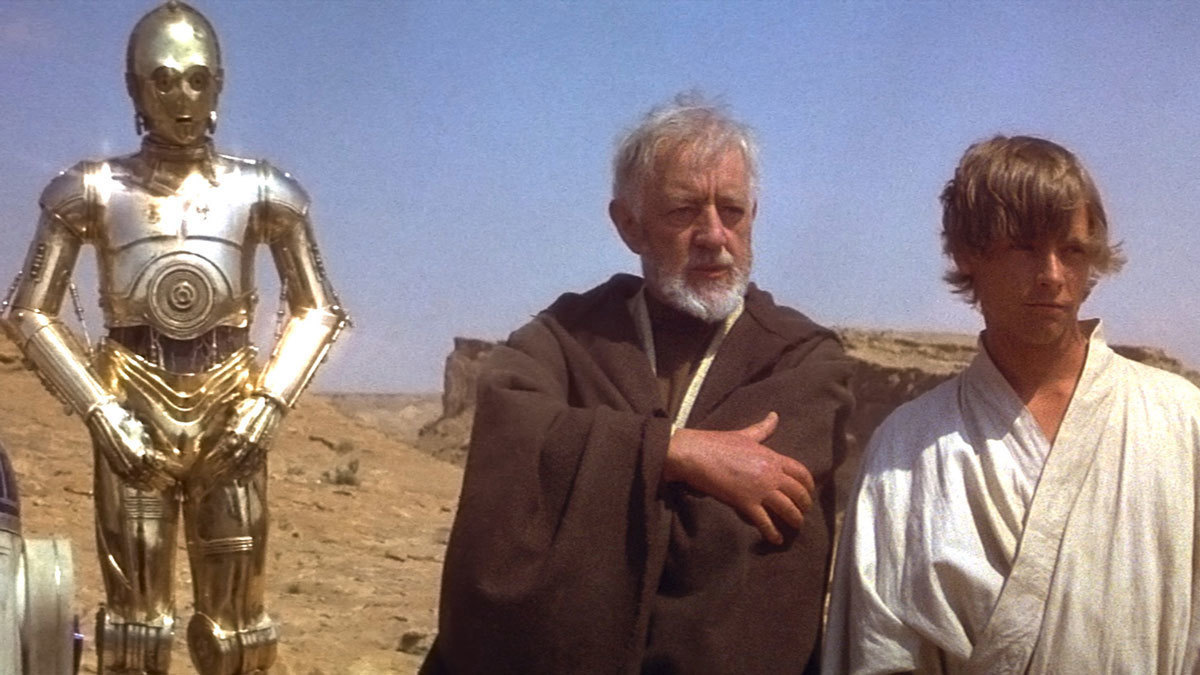LOS ANGELES (JUNE 13, 2019) — SONIFI Solutions, introduced SORA, its next generation interactive platform for hospitality. SORA is designed for the ever-evolving hospitality industry – empowering hoteliers with smart features and visually compelling interfaces to deliver memorable and personalized guest experiences.
A Day in the Life of a Product Manager
Excited to present today with Ben Arnold for the Sioux Falls PMISD Community of Practice.
Learning to Live with Disappointing Everyone, at Least a Little…
Project management managers deal with having to manage project delivery across varied and sometimes competing stakeholders. Similarly, product managers are often working to manage against customer needs/desires, the demands of leadership, competing priorities and project delivery realities. This session will provide a high level overview of how the product management discipline typically differs from project management and will present a role-playing exercise that looks at problem solving through the eyes of a product manager.
Artificial Intelligence Rule of Thumb
Here’s one rule of thumb that speaks to its disruptiveness:
If a typical person can do a mental task with less than one second of thought, we can probably automate it using AI either now or in the near future.
A lot of valuable work currently done by humans — examining security video to detect suspicious behaviors, deciding if a car is about to hit a pedestrian, finding and eliminating abusive online posts — can be done in less than one second. These tasks are ripe for automation. However, they often fit into a larger context or business process; figuring out these linkages to the rest of your business is also important.
I don’t actually know a lot about the real life application of AI, but this article was very helpful for me to understand the direction of innovation. Definitely something to keep in mind as part of a long term product strategy.
Retail Question – Did You Find Everything?
Asking the question because I am curious and I am sure someone will know this off the top of their head.
Thinking about big box retail. Some checkout clerks ask did you find everything you were looking for? Some don’t.
If they ask the question and you say yes, they will actually take the time to have someone find that item and ring it up for you.
Is it really economically profitable based on that one extra item to make the checker wait?
What am I missing?
Telling Your Customer’s Story – Don’t Be Luke Skywalker
Be Obi-Wan Kenobi, not Luke Skywalker
As a company or a product, our story doesn’t really matter to our customers. The customer does not care who our founders are or why they created the company.
The customer wants to feel like their story is important. Listen to your customer, make them feel like Luke Skywalker.
–Jimmy Fritz the CEO of KennedyBlue.com
At the Sioux Falls Innovation Expo
The Wrong Login Can Kill An App
Bushel.ag is a mobile app designed to help elevators serve their farmers. Earlier competitors had farmers log in every time they wanted to use the app. All the competitors failed.
Bushel’s secret sauce, login once with a phone number, keep the user logged in for one year. I’m sure they are using some sort of long lived token or device ID in the background.
They are able to demonstrate value from the app in under 2 minutes and they keep it valuable so the farmer wants to keep coming back.
–Jake Joraanstad the CEO of Bushel.ag
At the Sioux Falls Innovation Expo
Chains Raise The Quality of Whole Industries
This is a great article about the value of substitutes in different industries. As a product manager you should always thinking about what products are a substitute or a compliment to your product. Even if the primary substitute is non-consumption, how do you have to build your product to get people off their couch and to make them take an action.
It is worth remembering that many unfashionable large businesses create value in ways that are often under-appreciated. No one will ever write gushingly about McDonald’s or Starbucks or PremierLodgeExpress. But what these large chains do is valuable, even if you never use them. They effectively raise what I call the ‘threshold of crappiness’ in the sectors in which they operate. To operate successfully as a coffee shop or a sandwich bar or hotel (or a minicab firm), you have to be at least as good as a chain or else you fail. This raises the bar for everyone. You can get better coffee in a truckstop now than at Claridge’s in 1990.
Asking The Right Questions To Build Strategic Relationships
Here is a great article from HBR about starting a new job or just trying to cultivate collaborative relationships:
During your first month in a company, take time to ask your boss these questions:
-How do you prefer to give and receive feedback and be kept informed?
-What are your most important goals for the year, and how do they fit into the company’s strategic objectives?
-What are the two to three most critical accomplishments I need to achieve within a year, and how will they be measured?
-What should I accomplish in the next six months?
-In what specific ways can I help you succeed?
Don’t Be An 18th Century Product Manager
Even when you find genuinely good things to copy, there’s another pitfall to be avoided. Be careful to copy what makes them good, rather than their flaws. It’s easy to be drawn into imitating flaws, because they’re easier to see, and of course easier to copy too. For example, most painters in the eighteenth and nineteenth centuries used brownish colors. They were imitating the great painters of the Renaissance, whose paintings by that time were brown with dirt. Those paintings have since been cleaned, revealing brilliant colors; their imitators are of course still brown.
The lesson here for product managers is to make sure you understand the customer for that feature you are thinking of copying. You never know when a feature that looks so bright and shinny from the outside is another product manager’s nightmare feature on the inside.
The competitor’s customers are probably different, their customer problems are probably different, and their long term strategy is probably different. If you aren’t building something that is truly valuable to your customer, you could end up with a feature that flops…that stays “brown”.
Elephant Question – How to Find Entrenched Problems
This is a great article on how to be a patient change agent:
- People don’t like hearing that entrenched problems are “totally fixable” (none of us do — not just those “other” people).
- To you, the fix is “common sense”, but to outsiders it may be counterintuitive.
- By definition, a problem that remains entrenched is not “totally fixable” (without a change in context, actors, intent, etc.) On paper it may be fixable. In context, it is not.
At a minimum, ask someone:
Can you describe an elephant in the room that I will quickly encounter, will think is totally fixable, but will be wrong? Why is the status quo difficult to change?











